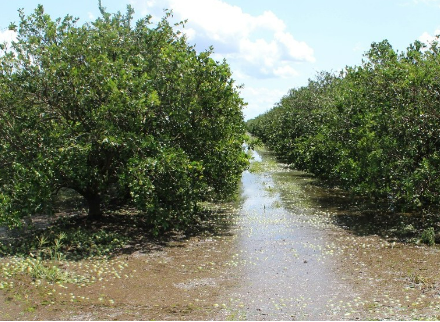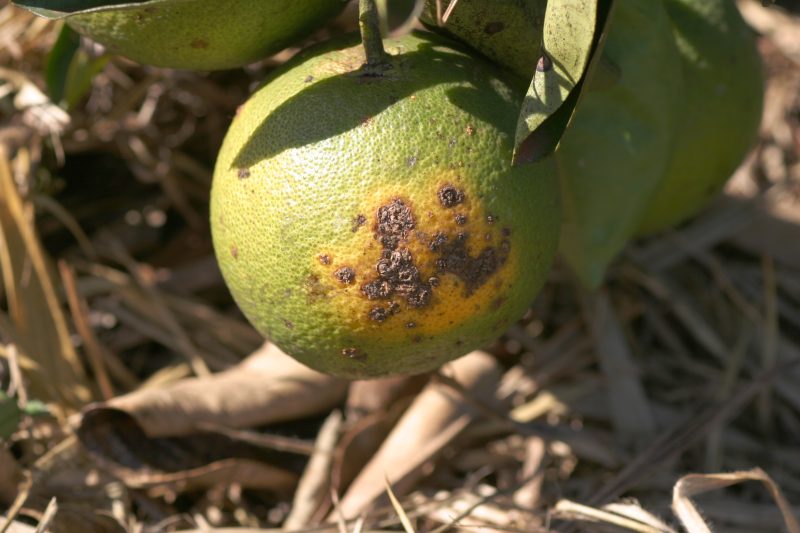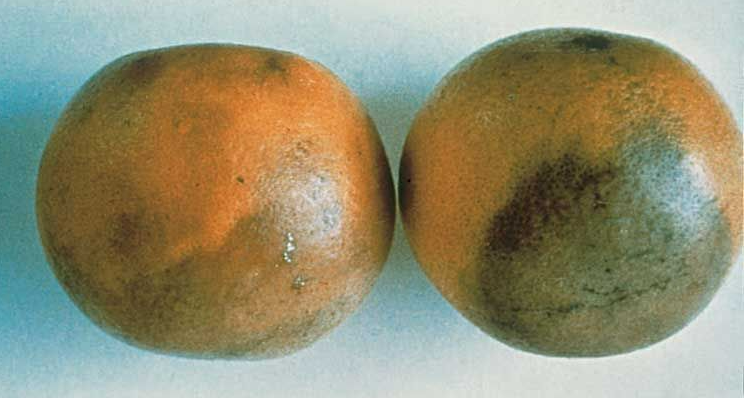The cold hardy citrus industry in the Big Bend and Eastern Panhandle of Florida took a direct hit from Hurricane Helene. Many farmers experienced fruit drop, broken tree limbs, and overall damaged trees. The more recent Hurricane Milton serves as a reminder about the possibility of even stronger storms, so it is important to equip yourself with the knowledge of what to do to prep for a storm of this magnitude but also know the best way to recover from losses.
The USDA has published a guide for citrus growers to help prepare for incoming hurricane weather and the recovery tools to help with the storm aftermath. The Hurricane Preparation and Recovery in the Southeastern United State Citrus Producers Guide is broken down into four important sections: building a resilient operation to combat storm damage, long-term operation maintenance, short-term preparedness, and post-hurricane recovery. The guide includes two customizable templates for creating an on-farm emergency plan and an emergency contacts list.
The guide also touches on how to manage broken limbs, fruit loss, and damaged trees. It is important to be vigilant in cleaning up storm debris. Limb and leaf litter can create an environment for fungal and bacteria pathogens to build and cause harm to trees that withstood the storm. Trees that are now leaning from high winds should be placed back into a fully upright position as soon as possible. In the next several weeks, damaged fruit will likely begin to drop. If possible, any visibly damaged fruit should be removed off the tree before it drops. The damaged fruit is more susceptible to disease and can potentially create a host for disease to create issues in the grove.
–
While physical damage to groves is easier to spot, growers should also be on the scout for potential disease from the excess moisture of the storm conditions. Disease caused by Phytophthora are tied to soggy soil conditions or areas where water has been standing/ flooded for more than 3-4 days. Diseases most seen that are derived from Phytophthora are root rot, crown rot, and Brown rot. Young trees will be the most vulnerable to these diseases, while mature trees will be more resistant. Another large concern for growers after Helene and other tropical storms is the spread of citrus canker. Citrus canker bacterium can easily be spread by hurricane and tropical storm winds and is believed to be the cause of the fast spread of the disease in South Florida in recent years.
The University of Georgia has created a blog for the citrus growers of South Georgia, the Florida Panhandle, and Big Bend area. The UGA Citrus team has made efforts to post updates of Hurricane Helene damage and other resources for growers to access. To access the blog, please visit: https://site.caes.uga.edu/citrus/. For further information or support for assessing storm damage, please contact your local UF/IFAS Extension Office.
- 2026 Tri-State Fruit & Vegetable Conference – January 29 - November 7, 2025
- Direct Marketing: How Panhandle Produce Growers Are Adapting - October 10, 2025
- Nutrient Management for Vegetable Growers in the Florida Panhandle - April 4, 2025



